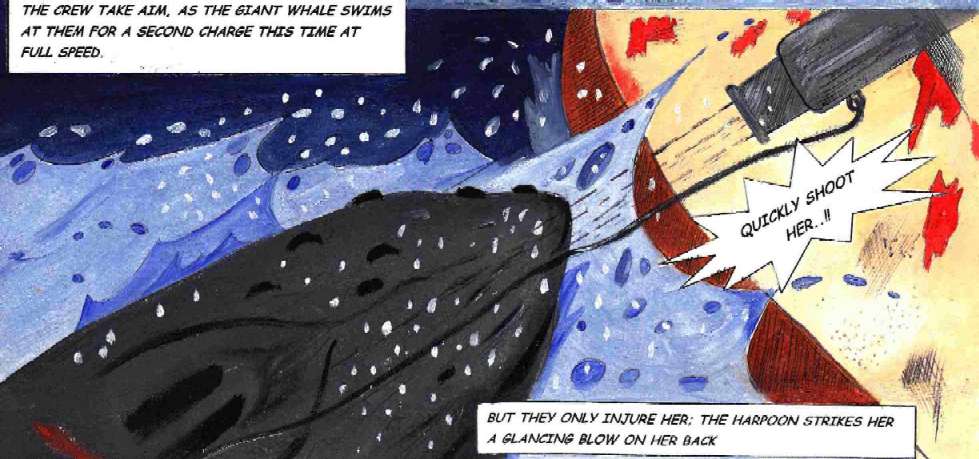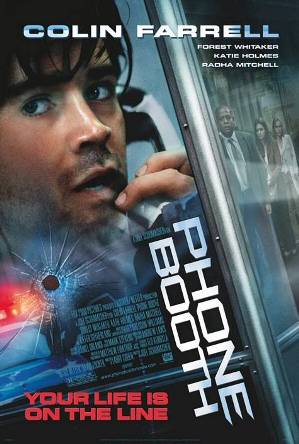|
|
Q:
Distribution costs
|
|
.
|
.
|
.
|
.
|
.
|
|
Q1
|
Internet
servers USA
|
250,000.00
|
1
|
250,000.00
|
|
Q2
|
Internet
servers Asia
|
450,000.00
|
1
|
450,000.00
|
|
Q3
|
Websites
construction
|
750,000.00
|
1
|
750,000.00
|
|
Q4
|
Websites
maintenance
|
500,000.00
|
3
years
|
1,500,000.00
|
|
Q5
|
Intellectual
property
|
(10,000,000.00)
|
2nd
year on
|
0.00
|
|
Q6
|
DVD
/ Blu-ray production
|
0.00
|
|
0.00
|
|
Q7
|
Postages
|
1.50
|
8.5m
|
12,750,000.00
|
|
Q8
|
Handling
/ packaging
|
1.50
|
8.5m
|
12,750,000.00
|
|
.
|
.
|
.
|
.
|
.
|
|
.
|
.
|
.
|
.
|
.
|
|
Subtotal
Q.
|
27,950,000.00
|
|
.
|
.
|
.
|
.
|
.
|

MOVIE
DISTRIBUTION METHODS
The distribution of a film (or movie) is the process through which a movie is made available to watch for an audience by a film distributor. This task may be accomplished in a variety of ways; for example, with a theatrical release, a home entertainment release (in which the movie is made available on DVD-video or Blu-ray Disc) or a television program for broadcast syndication and may include digital distribution.
Standard release
The standard release routine for a movie is regulated by a business
model called "release windows". The release windows system was first conceived in the early 1980s, on the brink of the home entertainment market, as a strategy to keep different instances of a movie from competing with each
other, allowing the movie to take advantage of different markets (cinema, home video,
TV, etc.) at different times.
In the standard drill, a movie is first released through movie theaters (theatrical window), then, after approximately 16 and a half
weeks, it is released to DVD (entering its video window). After an additional number of months it is released to Pay TV and VOD services and approximately two years after its theatrical release date, it is made available for free-to-air TV.[citation needed]
Simultaneous release
A simultaneous release takes place when a movie is made available on many media (cinema, DVD, internet...) at the same time or with very little difference in timing.
Simultaneous releases bear great advantages to both consumers, who can chose the medium that most suits their needs, and production studios that only have to run one marketing campaign for all releases. The flip side, though, is that such distribution efforts are often regarded as experimental and thus, do not receive substantial investment or promotion.
In the course of the years simultaneous release approaches have gained both praise, with Mark Cuban claiming movies should simultaneously be made available on all media allowing viewers to choose whether to see it at home or at the theater, and disapproval, with director M. Night Shyamalan claiming it could potentially destroy the "magic" of
movie-going.
Among relevant simultaneous release attempts are Bubble (2006) by Academy Award-winning director Steven Soderbergh, EMR (2005) and The Road to Guantanamo (2006).
Straight-to-video release
A straight to video (or straight-to-DVD or straight-to-Blu-ray depending on the medium upon which the movie is made available) release occurs when a movie is released on home video formats (such as VHS, DVD, etc.) without being released in theaters first, thereby not taking into consideration the "theatrical window".
As a result of strong DVD sales, STV releases also achieved higher success and have become a profitable market lately, especially for independent moviemakers and companies.
Half
& half
Some
movies are planned for general theatre release, but disappointing box
office in the US might sway a film company to withdraw from theatre
releases more generally in other regions, then knowing that they will
lose money on the prints and print distribution. Thus, the US box office
is a general indicator of distribution strategy. Two films that
illustrate this general trend are Phone Booth (Colin
Farrell) and Big
Miracle (Drew
Barrymore). These films never made it to local cinemas where the
number of bums on seats are statistics that film companies log and work
from.
Internet Release
Internet research is still new when it comes to the film distribution platform. The volume of downloaded movies is difficult to find but none compares to the even more problematical discovery of their origin.
Shrinking of the theatrical window
While originally conceived for a six months duration, the theatrical window has today been reduced to little more than four months. Movie studios have reportedly been pushing to shrink the duration of the theatrical window in an attempt to make up for the substantial losses in the DVD market they've been suffering from since the 2004 sales peak.
These attempts have encountered the firm opposition of theater owners, whose profits depend solely upon attendance and who, thus, benefit from keeping the movie available on the silver screen.


In early 2010, Disney announced it would be putting out the DVD and Blu-ray versions of Tim Burton's
Alice in Wonderland 14 weeks after the movie's release date (instead of the usual 17) in order to avoid competition from the 2010
World Cup. In response to such statements, theater owners made threats not to show the movie on their screens, but later reconsidered their position before the movie was released.
Other strategies are also being deployed in order to make up for slow DVD sales. Most major studios have considered making movies available to VOD services shortly after their theatrical release for a premium price. In July 2010 Netflix secured a deal with Relativity Media in which the latter agreed to distribute a number of major movies to the aforementioned VOD service before Pay TV.
Makers of smaller-budget movies are also putting to the test new release strategies. In 2009, the movie The House of the Devil premiered on VOD systems on October 1, and received a limited theatrical release one month later. In August 2010, it was announced that the movie Freakonomics would be released on VOD services on September 3, one month prior to its theatrical release. British sci-fi movie Monsters will also undergo the same release drill.
Contacts:
Please note that the rights to this story are now with the Cleaner
Ocean Foundation Ltd, in connection with their ocean awareness
campaigns. Blueplanet Universal Productions remains dormant. Hence, the
2013 business plan for a proposed film ceased to be, though development
may proceed with the new copyright holders.

|


